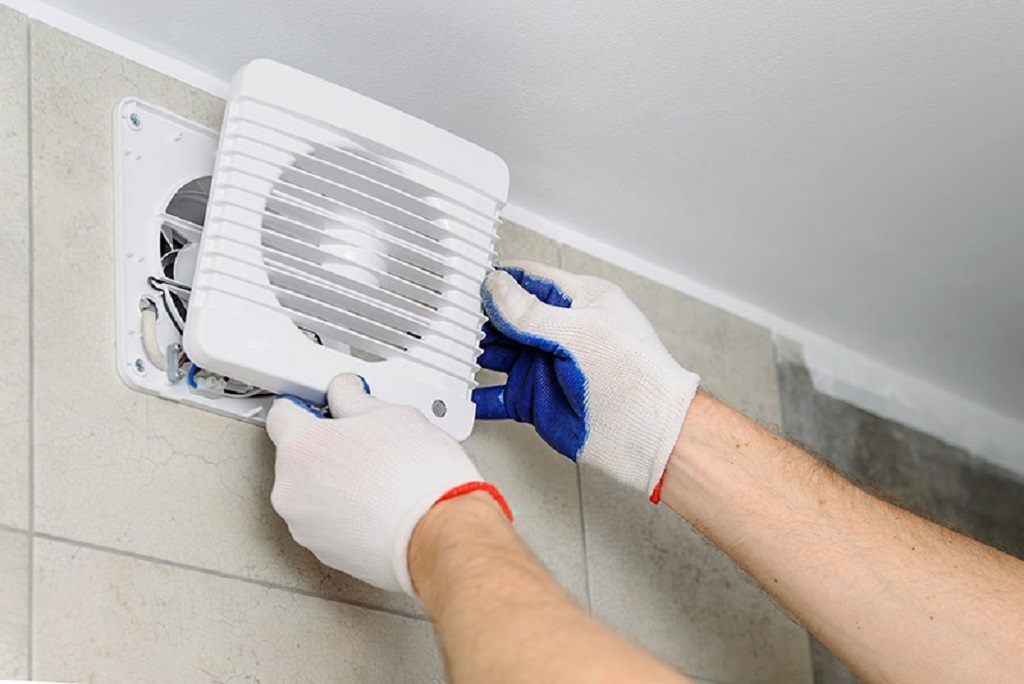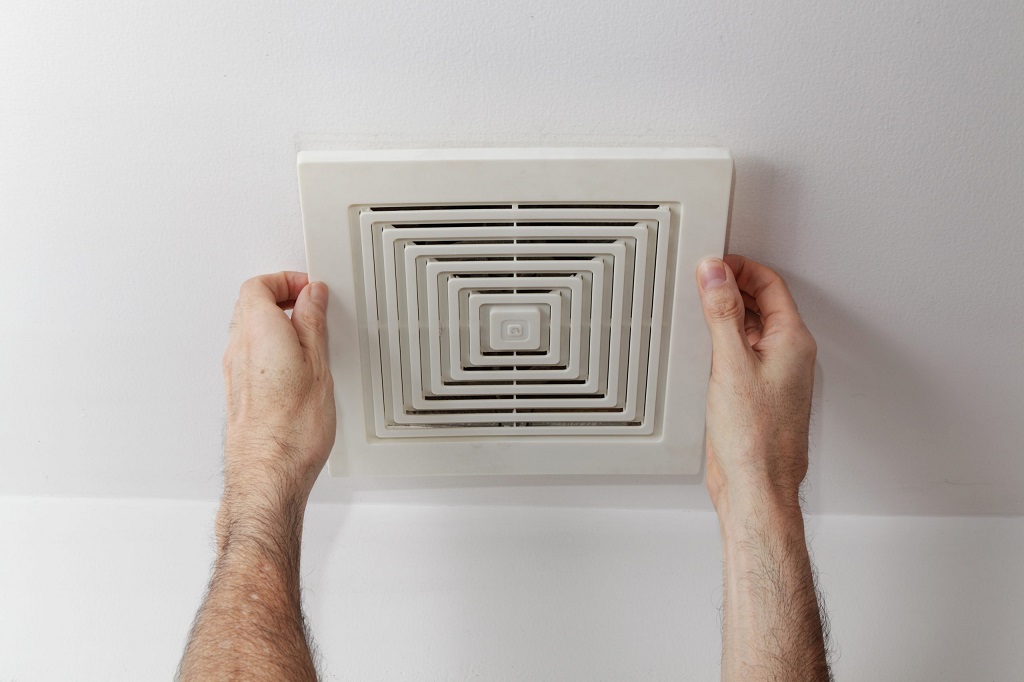In homes across the globe, bathroom exhaust fans serve as an unsung hero, quietly whisking away moisture, odors, and stale air. But what happens when these crucial appliances fall short? Are clogged bathroom exhaust fans causing moisture problems in your home? Absolutely. A neglected fan can become the root cause of persistent dampness, leading to mold, structural damage, and even health concerns. Let’s dive deep into this pressing issue and explore practical solutions to maintain a healthier, drier bathroom environment. For professional insights, explore Vincent James Homes for expert advice on home improvement.
The Role of Bathroom Exhaust Fans in Moisture Control
Bathroom exhaust fans are indispensable for maintaining proper ventilation. Each shower or bath releases moisture into the air, turning your bathroom into a hotbed for humidity. These fans work by extracting humid air and directing it outside your home, preventing condensation on walls, mirrors, and ceilings.
The Impact of Poor Ventilation
Without a fully functioning exhaust fan, moisture accumulates, seeping into paint, grout, and wood. Over time, this can cause paint to peel, mold to form, and wood to rot. Statistics from the Environmental Protection Agency (EPA) reveal that indoor humidity above 60% significantly increases the risk of mold growth, making proper ventilation crucial.
How Clogged Bathroom Exhaust Fans Cause Moisture Problems
A clogged fan is more than just a nuisance. Dust, debris, and grime can obstruct airflow, drastically reducing the fan’s efficiency. As the fan struggles to pull air, moisture becomes trapped inside your bathroom, leading to a cascade of issues.
Signs Your Exhaust Fan May Be Clogged
- Lingering odors after use
- Foggy mirrors and windows
- Water stains on walls or ceilings
- Visible mold growth
Linking Composite Decking Longevity and Indoor Moisture
While considering home maintenance, it’s worth noting that excessive indoor humidity can indirectly impact materials used in and around your home. For example, understanding how long does composite decking last underscores the importance of controlling moisture levels to preserve not only your bathroom but your entire property.
Health and Structural Risks from Bathroom Moisture
Unchecked moisture in bathrooms doesn’t just damage surfaces—it poses serious health risks. Mold spores thrive in damp environments, triggering allergies, asthma, and other respiratory issues. The CDC reports that approximately 20% of asthma cases in the U.S. are linked to mold exposure.
Structural Damage
Beyond health, moisture also eats away at your home’s integrity. Wooden beams, drywall, and insulation become susceptible to decay, leading to expensive repairs. Keeping bathroom exhaust fans clean and operational is a small investment compared to the cost of fixing widespread water damage.
How to Maintain Bathroom Exhaust Fans
Regular maintenance is the key to ensuring your exhaust fan operates efficiently. Cleaning your fan not only prolongs its life but also optimizes its performance.
Steps to Clean an Exhaust Fan
- Turn off the power to the fan.
- Remove the cover and soak it in warm, soapy water.
- Use a vacuum with a brush attachment to remove dust from the fan blades.
- Wipe down the motor and housing with a damp cloth.
- Reassemble and test the fan for proper airflow.
Perform this routine every six months to keep your fan in top shape.
When to Replace Your Exhaust Fan
Even with regular cleaning, bathroom exhaust fans have a lifespan of about 10-15 years. If your fan is noisy, ineffective, or showing signs of wear, it may be time for a replacement. Look for energy-efficient models with higher CFM ratings for superior performance.
Read More Also: Balcony perennial plants: the 7 easiest to cure
Preventing Moisture Problems Beyond the Exhaust Fan
While exhaust fans play a crucial role, there are additional steps you can take to reduce moisture in your bathroom.
Install a Timer
A timer ensures your fan runs long enough to clear moisture even after you leave the bathroom. Aim for a runtime of 20-30 minutes post-shower.
Seal Grout and Tiles
Waterproofing your tiles prevents moisture from seeping into the walls and flooring.
Dehumidifiers and Plants
Portable dehumidifiers and moisture-absorbing plants like peace lilies can provide additional humidity control.
Frequently Asked Questions
What causes bathroom exhaust fans to clog?
Dust, lint, and debris accumulate over time, especially in fans with limited airflow or improper duct installation.
How often should bathroom exhaust fans be cleaned?
Cleaning every six months is ideal. However, homes with higher humidity may require more frequent maintenance.
Can I use an air purifier instead of an exhaust fan?
While air purifiers improve air quality, they don’t replace exhaust fans for moisture control. Exhaust fans are designed to remove humid air, which purifiers cannot do.
How do I know if my exhaust fan is too small for my bathroom?
Calculate the CFM needed for your bathroom by multiplying its square footage by 1.1. If your fan’s CFM rating falls short, it’s time for an upgrade.
Do energy-efficient fans work as well as standard ones?
Yes, modern energy-efficient fans are highly effective and often quieter than traditional models.
Is mold caused solely by a faulty exhaust fan?
While a clogged or inefficient fan is a common cause, mold can also result from plumbing leaks, poor insulation, and general humidity.
Conclusion
Clogged bathroom exhaust fans are a silent threat, causing moisture problems that can snowball into health hazards and costly repairs. By regularly cleaning and maintaining your fan, you can ensure a healthier, mold-free home. Additionally, integrating complementary solutions like waterproofing tiles and managing overall humidity levels will keep your bathroom dry and safe.








